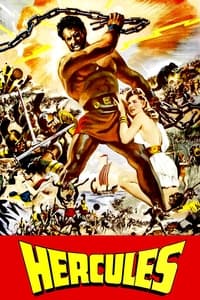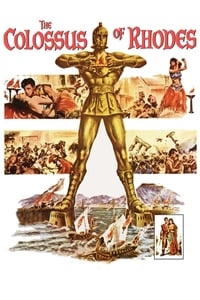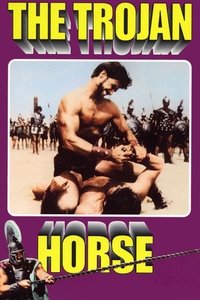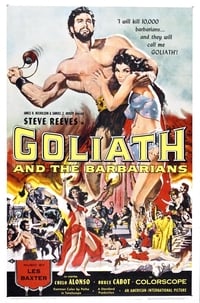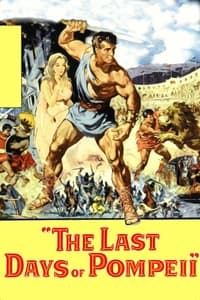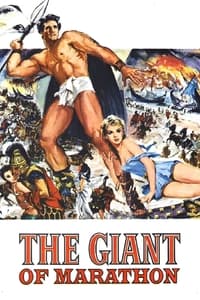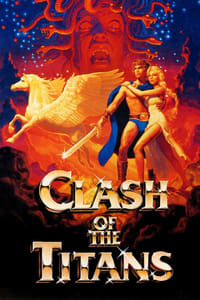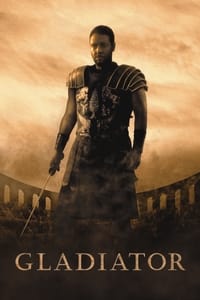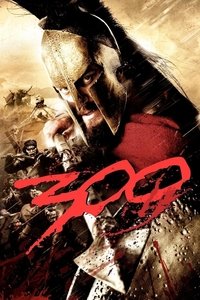The Sword and Sandal Genre
Description
The Peplum genre, often called Sword-and-Sandal, flourished primarily in Italy between the 1950s and early 1960s, but its mythic grandeur and muscular heroics continued to inspire filmmakers for decades. Named after the ancient Greek tunic (“peplos”), the genre blends mythology, ancient history, and adventure in stories populated by gods, warriors, and emperors.
Typically set in the ancient world — Rome, Greece, Egypt, or mythological realms — Peplum films focus on heroic figures like Hercules, Spartacus, or gladiators defying tyrants and monsters. With spectacular sets, over-the-top battles, and strong moral undertones, they embody the clash between good and evil, freedom and oppression.
In the 1980s and beyond, the genre saw a revival through Hollywood epics such as Conan the Barbarian or Gladiator, which inherited the physicality and grandeur of Italian Peplum cinema while modernizing its storytelling.
Themes and Style
Peplum is defined by its aesthetic excess — sunlit marble, tanned heroes, and divine interventions. It combines adventure, melodrama, and physical spectacle, often using operatic music and moral simplicity to emphasize heroism. The genre also served as a symbolic reflection of power, empire, and masculinity in post-war Europe.
Legacy
Though it faded with the rise of Spaghetti Westerns and modern genres, Peplum left a powerful mark on global cinema. Its visual style, mythological narrative, and archetypal heroes still echo in fantasy, superhero, and historical films today.


